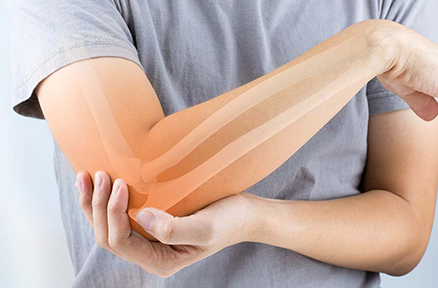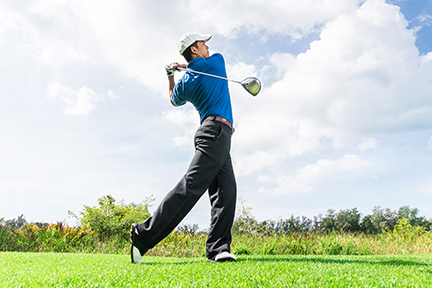Sports And Alcohol: Hold On to Your Coozie
If you must drink during your summer sports, at least stay safe
John (name changed) just finished a taxing mountain bike ride with his weekly bike group. Each ride ends with social hour and an ambitiously-stocked beer cooler at the trailhead parking lot. A few IPAs later, John pedaled home on the street at a leisurely, buzzed pace when his phone hummed from the bottom of his pocket. Reaching down, he fumbled a few brief seconds before everything went black.
Smack.
John swerved into a parked car and lay unconscious for 15 minutes before a passerby found him and helped get him medical attention. With five fractures in the bones in his face, John almost lost vision in his left eye. Luckily, he made a full recovery and was able to ride again after eight months of painful surgeries and rehabilitation.
John doesn’t drink after his rides anymore.
Want to avoid becoming another John? Read on to learn how to safely play your social sports all season long.
Alcohol-related injuries are frustrating for many orthopedists because they are preventable. Before you take a sip, consider not drinking at all. If you decide to drink, take the time to protect yourself by understanding the risks and developing a plan prior to activity.
The science of alcohol
According to a National Center for Biotechnology Information study, Alcohol, and the Athlete, alcohol is the “most commonly consumed drug among the athletic population.” It further indicates that injuries occur over twice as often among drinkers compared to nondrinkers.
As a natural diuretic, booze dehydrates you and increases your chances of heat exhaustion. If drinking, don’t consume more than one adult beverage in an hour and follow each drink with a glass of water. Opt for drinks such as Vino Verde and session beers that offer lower levels of alcohol (just don’t drink a higher number to compensate).
Remember that alcohol remains in our bodies for extended periods of time, depending on the individual and his/her metabolism. Excessive late-night drinking almost guarantees traces of alcohol will still be in your body when you’re lacing up your shoes for a trail run the next morning.
Not worth the risk
Athletes tend to be inherent risk-takers, and alcohol consumption elevates the bullet-proof, “I can do anything” mentality. Imagine for a moment (shouldn’t be too hard), the following occurrences:
- A buzzed softball outfielder misjudges a fly ball and not only loses the game for the team but sprains her ankle.
- A cyclist loses his balance after a couple of lunchtime beers and suffers a broken collarbone.
- Trying to impress his friends watching from the boat, a drunk wakeboarder attempts to flip over the wake and tears his Achilles tendon instead.
Tread carefully when taking summer sport to the water. The American College of Emergency Physicians reports that half of all fatalities on the water are alcohol-related. The best option is not to mix alcohol and water sports at all.
A final consideration
If you could only choose one, your sport or drinking, which one would you choose? If it’s the latter, you may want to consider parking your butt in a bar stool instead of a bike saddle or a boat. But, if you must consume alcohol, drink responsibly, sparingly and with lots of additional water so that you can continue to enjoy sports throughout the entire summer.
Nothing is less enjoyable than having to be taken to the emergency room and missing the activities you enjoy for the rest of the season instead of taking advantage of the summer. Drink responsibly and be safe!



